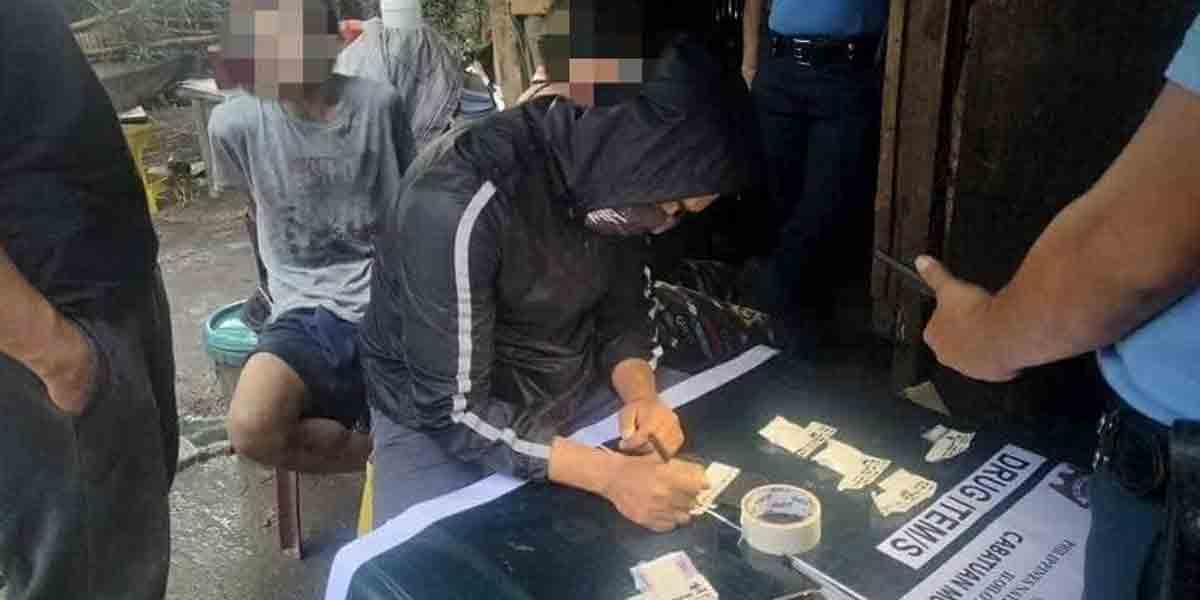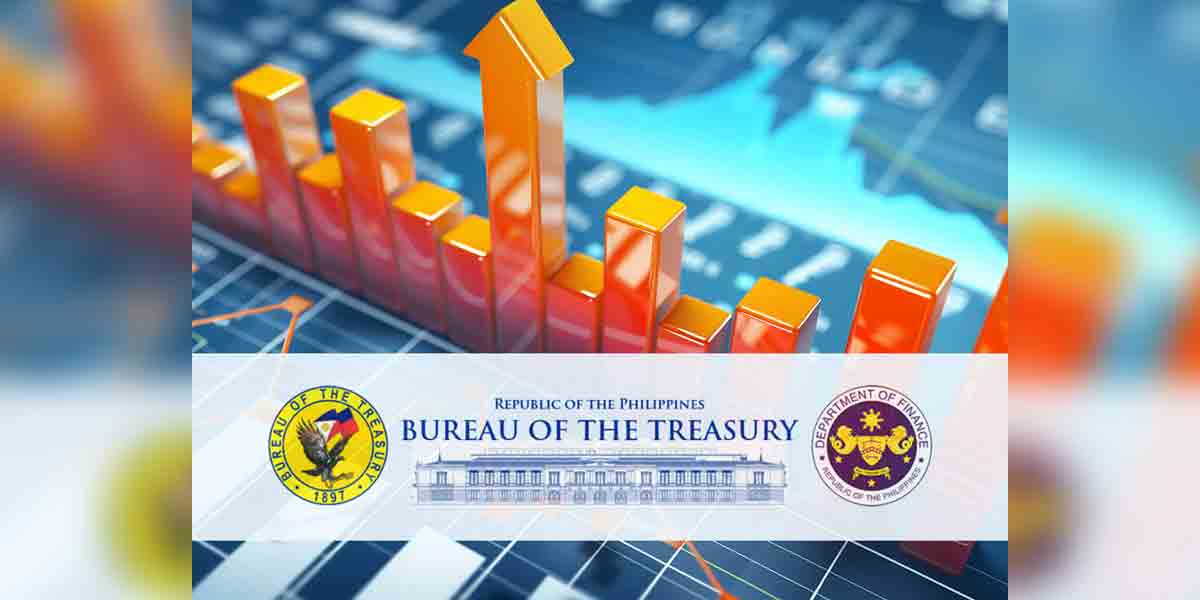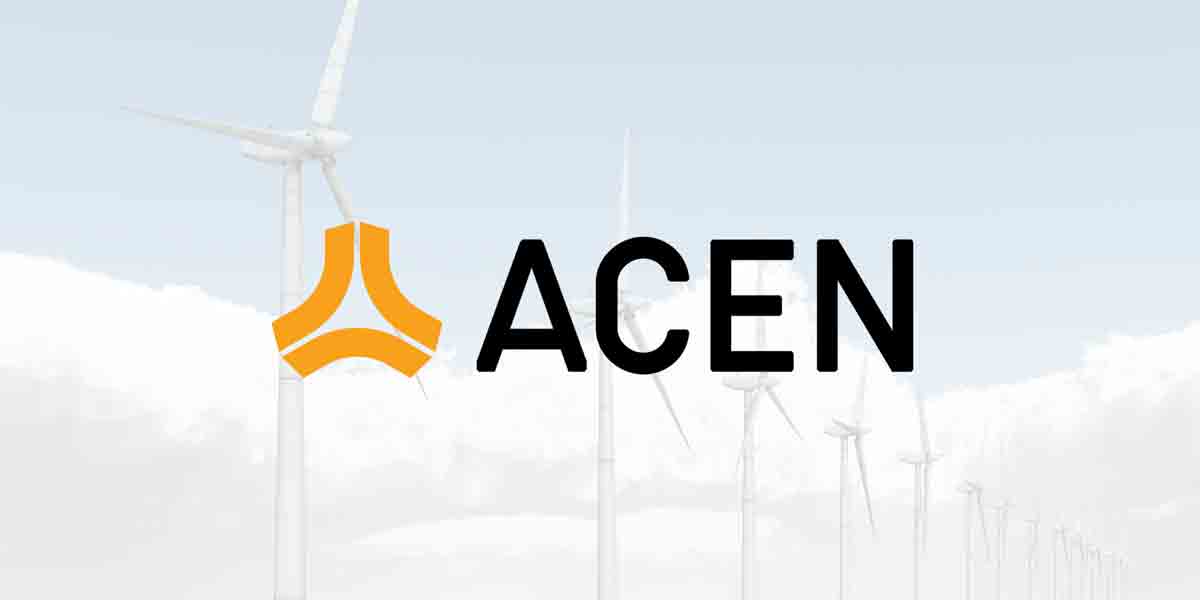By Herbert Vego
READERS of this column will remember that I once warned against the proliferation of cheap, portable gadgets that promise to save its possessors from 30 to 90 percent of electricity consumption, thus reducing by as much the payable bill.
Come to think of it: The device, valued at only ₱250 each or cheaper at higher quantities, would save you a thousand pesos or more for each month’s electricity bill. Who would not want that?
But how could that be? Would it not be akin to stealing electricity with illegal use of “jumpers”?
“Never mind,” we tell ourselves ignorantly. “There’s no harm in trying.”
What we don’t realize is that we become willing victims of a scam that enriches none but the shrewd schemers. Imagine the “unli” profit they make for fooling us.
But as I was advising in a previous column, learn from us “scammed”. Sometime last year, I bought two pieces of the gadget. My brother Jesse bought five, thinking that the more pieces we plug into electrical sockets, the more money we save. We were wrong.
Alas, however, our ten fingers are no longer enough to count the brands of these so-called power savers, some supposedly imported, that have proliferated with the aid of streamline and social media.
They will keep on proliferating as long as hearers and viewers believe their “money-saving” claim.
We learned too late that the Department of Energy (DOE) had served a public notice dated July 27, 2022 warning against the fake plug-in gadgets.
Yesterday, I reviewed one of the video ads showing newscasters Bernadette Sembrano and Alvin Elchico calling the gadget “epektibo” in reducing electricity consumption.
I also reviewed the original on YouTube, which happened to be an old newscast aired by ABS-CBN, where Sembrano and Elchico called the gadget “hindi epektibo,” quoting personnel from the DOE. Obviously, the word “hindi” had been spliced off the original.
Anyway, if the DOE were serious, why has it stopped alerting us against the scam? This corner begs DOE Secretary Raphael Perpetuo Lotilla to condemn the disinformation repeatedly aired via streamline and social media.
And why has the Department of Trade and Industry (DTI) kept a blind eye? The product has never been authenticated by its Bureau of Philippine Standards (BPS).
I would like to re-echo here my brief conversation with Engr. Bailey del Castillo, vice-president for Network Development and Operations of MORE Power, Iloilo City’s distribution utility.
“When that device surfaced eight years ago, online platforms were not yet prevalent,” he said, “But the device was gaining popularity. So, we purchased five units, each with a different brand, for comprehensive testing. Unfortunately, none of them showed any savings in energy consumption.”
At that time, Del Castillo was an electrical engineer for Visayan Electric Company (VECO) in Cebu City.
“We visited the laboratory of the Meralco [Manila Electric Company],” he continued, “and found out that they, too, had conducted tests on various energy-saving devices but came up with the same finding as ours.”
Otherwise, no less than MORE Power President Roel Z. Castro would have endorsed them, since he has always sought to distribute energy at the least cost to gain more customers and attract investors to our city.
In fact, the company has consistently published power-savings tips as the way to minimize power bills. An example is replacement of incandescent bulbs with modern LED (light emitting diode) bulbs. A 10-watt LED bulb shines as bright as a 100-watt incandescent one.






















Comments are closed.